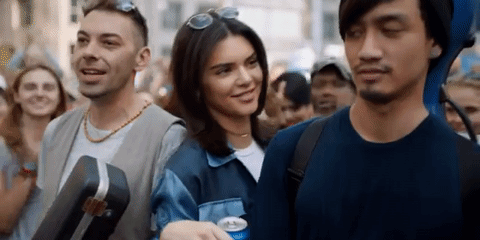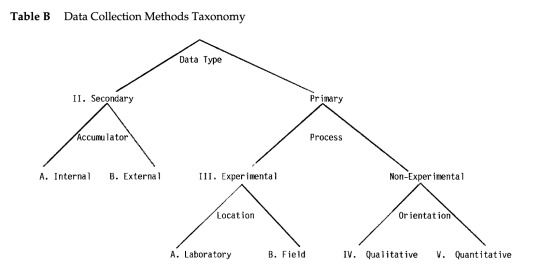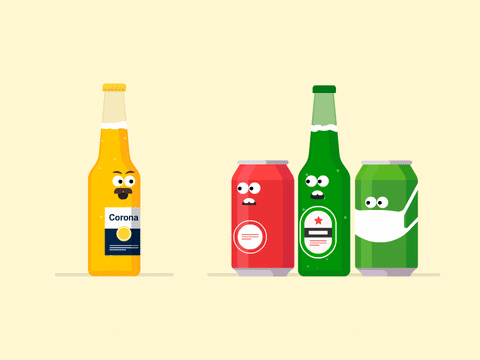Don't wanna be here? Send us removal request.
Text
Who’s in the room?
HUL’s Fair & Lovely is a product of colonialism --quite literally considering parent company Unilever’s British-Dutch origins. There are also less obvious, well-intentioned, and even accidental examples of white-washing in advertising. I think that some of these appalling products are just as likely to be a result of inexcusable incompetence.
While it doesn’t take a lot of critical introspection to see the dangers in marketing skin whitening cream (let alone calling it “Fair & Lovely”), I think more subtle but no less insidious examples of advertising preying on insecurities and inequities are commonplace. As we’ve seen, advertising can be incredibly effective when deployed towards aspirational outgroups. There is well-cited research proving the benefits of diverse teams and diverse teams are even more critical in branding. Unlike other industries, advertising controls visual, and even cultural, cues omnipresent in society.
We need inclusive, diverse advertising rooms to see what others might not see at first glance. I think of Pepsi’s regrettable Kendall Jenner “activism” campaign. This campaign must have had many eyes and levels of review before it reached production and yet it still went on air. This speaks to either a dearth of diversity in the decision room and/or a lack of empowered voices to speak up with concerns.

2 notes
·
View notes
Text
Hypothesis-driven market research 30+ years on

I found Table B to be an easy summary of the findings within the HBS article. Thinking through real-life examples (especially within the context of the Life cereal campaign), I was struck to realize that my preconceived notions on market research data collection seemed to be off base. Having a background in the sciences, it was a surprise to see how laboratory experiments in market research could be conducted in a shopping mall. Honestly, I had figured that laboratory experiments would be more akin to the focus groups discussed later in the article.
Given that the HBS article was published in 1991, there were a lot of questions I had about how market research has evolved over the past 30+ years. For example, I have to think that the shopping mall “laboratory” experiments have changed given the decline of malls and brick-and-mortar shopping (especially in the US). I conducted some market research this summer as a product manager intern at an AgTech company. Most of my work used focus groups, though we also explored A/B testing using text/email campaigns (working largely with farmers). While certainly experimental, I’m not sure if it would be classified as a laboratory or field experiment. Moreover, what is the significance of that distinction when it comes to presenting findings?
In general, I found the article helpful in understanding how managerial decisions can make market research more or less useful. Thinking through the initiation, communication, analysis, review, and presentation of market research are all important elements of managerial discretion. These are all likely decision points I will face in the future.
1 note
·
View note
Text
99 bottles of beer on the wall...
The competition among beer brands is increasingly tough, especially for imported beers in the US market. Shelf space is limited and distributors need to focus their marketing efforts To properly challenge Heineken for the American market imported beer thrown (or maybe crown being more apropos 👑), Corona needs to consider how and which market to compete in.
Over the same period, Corona has grown 44x in YoY CAGR from 1985-1997 as compared to Heineken. This is in part due to their choice to compete on a regional basis focusing on younger consumers with their “Fun, Sun, Beach” theme. The end of the case notes the formidable competition from Miller and Budweiser, in order to make challenges in off-premise sales. It is worth noting that later in 2012, ABInBev (now also owner of Miller and Budweiser) bought out Corona maker Modelo. Now the real stand-off is of these large beer conglomerates: ABInBev vs. Heineken.

2 notes
·
View notes